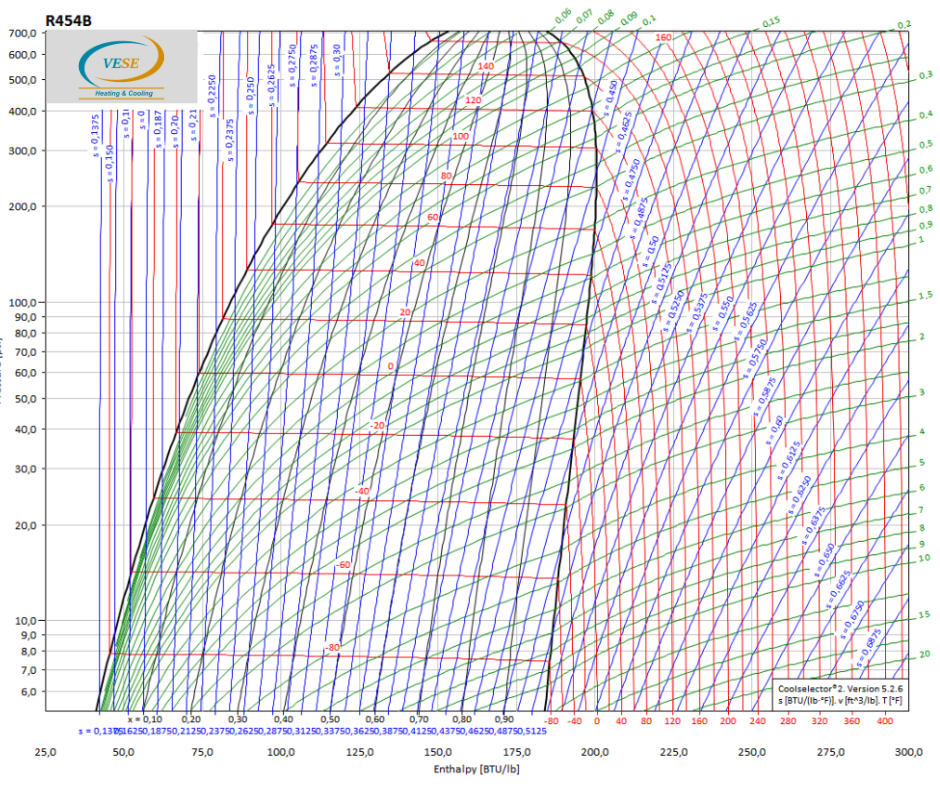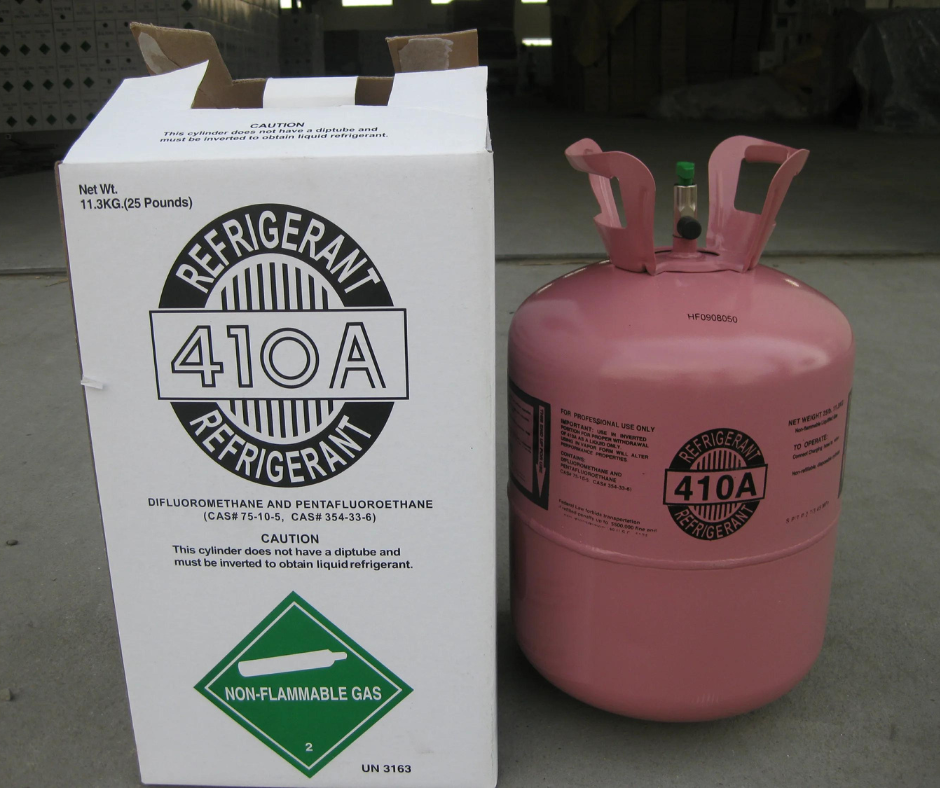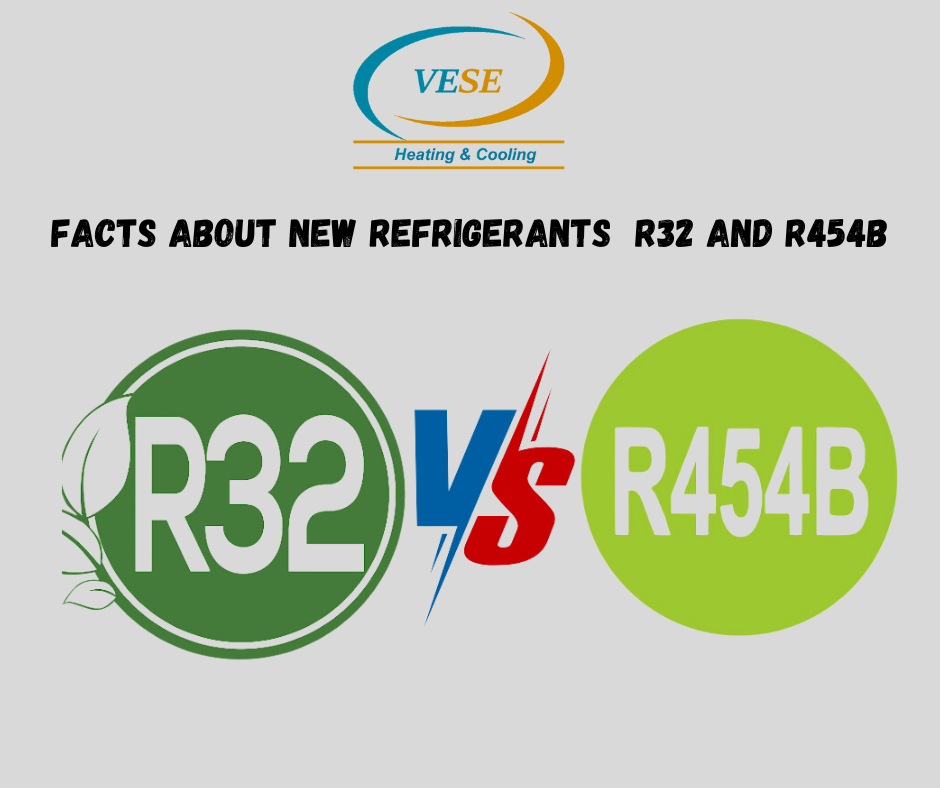The HVAC industry is constantly evolving to meet stricter environmental standards, therefore new refrigerant weee introduced to the industry here is facts about new refrigerants R32 and R454B and refrigerants. As of late 2024 and early 2025, two new refrigerants, R32 and R454B, are set to replace the widely used R410A in North America. These refrigerants are designed to lower the environmental impact of cooling and heating systems while maintaining performance efficiency.
In this article, we’ll explore everything you need to know about R32 and R454B refrigerants, from their benefits to how they compare to R410A. If you’re considering upgrading your HVAC system, these new refrigerants may have an impact on your decision.
Why are R32 and R454B Important?
Environmental concerns, particularly global warming, have led to regulations that aim to phase out refrigerants with high Global Warming Potential (GWP). R410A, one of the most common refrigerants in use today, has a GWP of over 2000. This means that one pound of R410A released into the atmosphere has the same environmental impact as over 2000 pounds of carbon dioxide.
Both R32 and R454B are part of a new generation of refrigerants designed to lower this environmental footprint:
R32 has a GWP of 675, significantly reducing its global warming impact compared to R410A.
R454B is even more environmentally friendly, with a GWP of just 466.
These new refrigerants help HVAC systems meet stringent environmental regulations while continuing to deliver efficient cooling and heating.
The Key Differences Between R32 and R454B
While both R32 and R454B aim to replace R410A, there are a few key differences you should know when considering a new HVAC system.
1. Composition
R32 is a singlecomponent refrigerant, meaning it is not a blend. This simplifies system maintenance, allowing technicians to “top off” the system without having to fully recover and recharge the refrigerant.
R454B, on the other hand, is a blended refrigerant. Blended refrigerants require more careful handling because the system must be fully recovered and recharged if any refrigerant is lost to maintain proper ratios.

2. Efficiency
Both refrigerants offer greater efficiency than R410A. However, R32 has been shown to provide better energy efficiency, meaning HVAC systems that use R32 may be able to achieve the same or better performance while using less energy. Additionally, R32 systems often require smaller equipment, which can be beneficial in homes with limited outdoor space for condensers.
3. Flammability
One of the most frequently asked questions about these refrigerants is regarding their flammability. Both R32 and R454B are classified as A2L refrigerants, meaning they are mildly flammable. They will only ignite if an external flame is introduced and extinguish once the flame is removed. While this might sound concerning, it’s important to note that the risk is minimal, and the safety measures in place make them safe for residential and commercial applications.
Benefits of R32 and R454B for Homeowners
Environmental Impact: Both refrigerants significantly reduce the GWP compared to R410A, making them better for the environment. If you’re looking to reduce your home’s carbon footprint, opting for a system with R32 or R454B is a great choice.
Energy Efficiency: HVAC systems using R32, in particular, offer better energy efficiency, which can lead to lower utility bills over time. A more efficient system means less energy consumption for the same level of comfort.
FutureProofing Your Home: By investing in a system that uses one of these newer refrigerants, you’re preparing your home for future regulatory changes. As R410A is phased out, maintenance and refrigerant costs for older systems could rise. With R32 or R454B, you’re getting ahead of these changes and ensuring longterm savings.

R410A PhaseOut Timeline
While R32 and R454B are entering the market soon, R410A won’t disappear overnight. The EPA has set a phaseout schedule that extends until 2040, meaning R410A will still be around for a while. However, starting in 2025, manufacturers will no longer be producing new HVAC systems that use R410A, so upgrading sooner rather than later could save you future headaches. If your home already uses an R410A system, you don’t need to worry. Parts and refrigerants will remain available for maintenance for many years. However, if you’re on the fence about getting a new system, the arrival of R32 and R454B is worth considering.
Which Refrigerant Is Best option in 2024 and Onwards
If you’re in the market for a new HVAC system, you might be wondering which refrigerant to choose. R32 has the advantage of being a singlecomponent refrigerant with higher energy efficiency and a smaller physical footprint. It’s already in use globally, so you can be confident in its reliability. R454B, while newer, has the benefit of an even lower GWP, making it the more environmentally friendly option. If reducing your home’s carbon footprint is a top priority, R454B might be the best choice.
New Refrigerants R32 and R454B On Market
As the HVAC industry shifts towards more environmentally friendly refrigerants, R32 and R454B are emerging as the top contenders to replace R410A. Both refrigerants offer significant benefits in terms of efficiency and reduced environmental impact. Whether you choosing for R32’s proven track record or R454B’s ultra-low GWP, upgrading your system will ensure that your home remains comfortable, efficient, and environmentally friendly for years to come. If you’re considering a new HVAC system or would like to learn more about these new refrigerants, contact Vese Heating & Cooling today. We’re here to help you make the best decision for your home and the environment.

